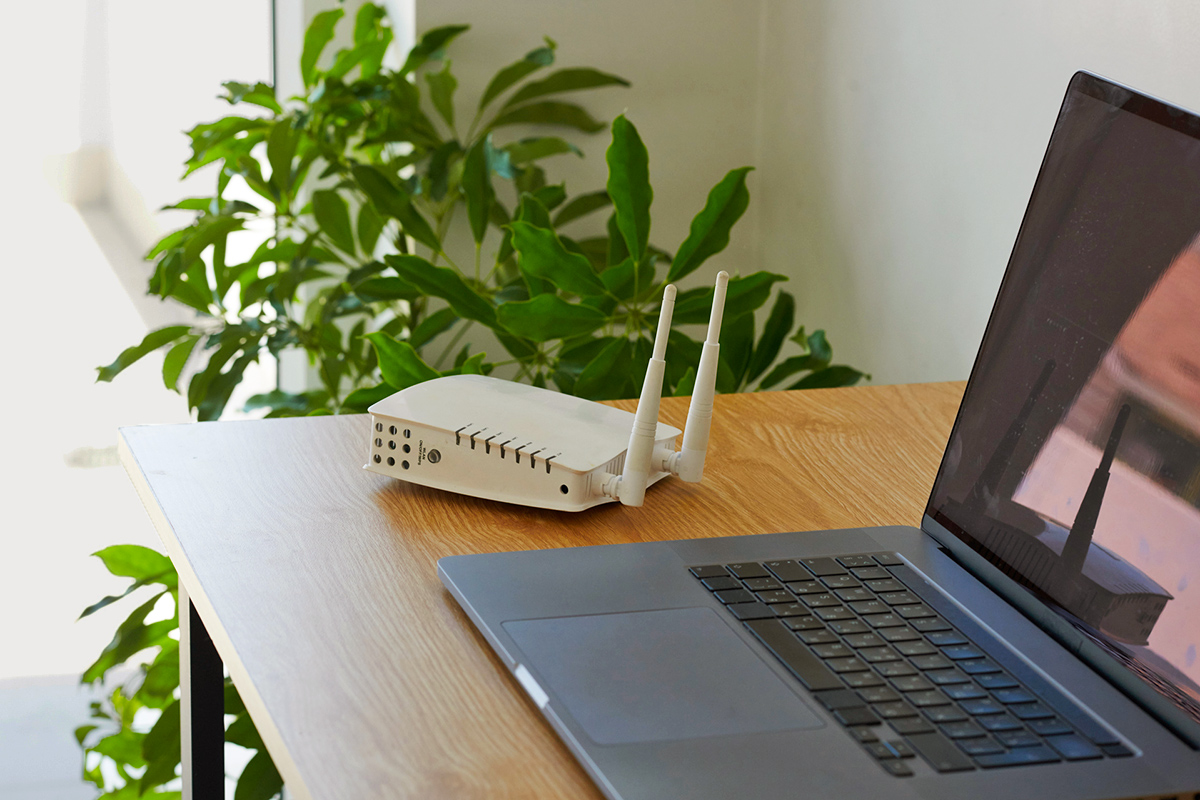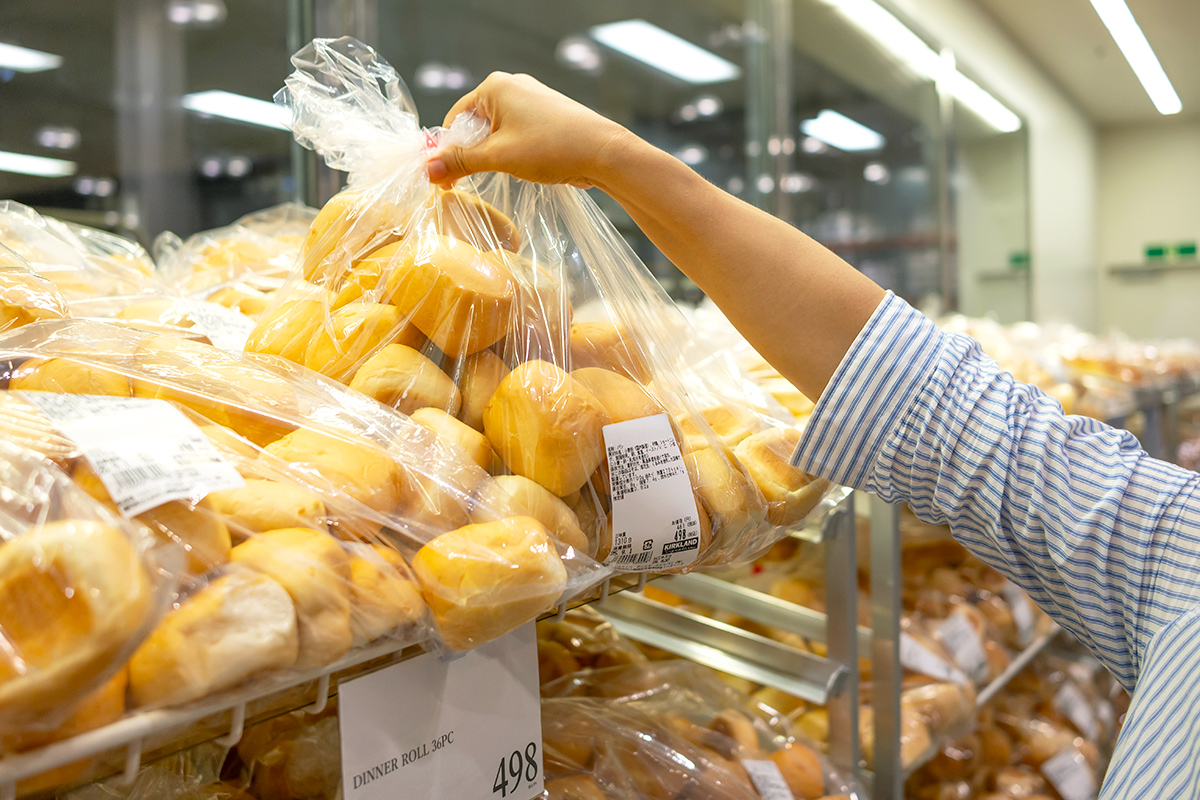Getting ready for the holidays takes a bit of organization and preparation. One often-overlooked aspect of Thanksgiving planning is making room in your refrigerator for a frozen turkey to thaw. It takes a long time for your bird to defrost this way, a full 24 hours for every 4 to 5 pounds of turkey weight.
It’s the safest method, and the one the USDA recommends, because your turkey is never exposed to temperatures above 40 degrees Fahrenheit. However, it’s rather inconvenient, because you probably need that refrigerator space for make-ahead dishes and other ingredients for the big feast. Fortunately, there’s a hack that lets you defrost your turkey safely, but in a matter of hours, rather than days. Here’s how it works.
Cold Plunge Your Turkey
The secret is thawing the meat in water. It relies on basic physics, or more specifically, the second law of thermodynamics. If you put a frozen turkey into not-frozen water, thermal energy from the warmer thing (the water) passes into the colder thing (the turkey) and raises its temperature. Water transfers thermal energy more effectively than air does, which is why you can put your hand into an oven at 200 degrees Fahrenheit without harm, but you’ll be scalded badly if you put it into 200-degree water. It’s also why a turkey thaws significantly faster in cold water than in the air of your refrigerator.
How much faster? As previously mentioned, a turkey thawing in the fridge takes 24 hours for each 4 to 5 pounds. Call it four days for a 16-pound turkey. When you thaw in cold water instead, it takes about 30 minutes per pound or 8 hours total for the same bird. That’s a huge difference, and it’s a game changer if you were late buying your turkey.
More from our network
House Outlook is part of Inbox Studio, which publishes content that uplifts, informs, and inspires.
How To Safely Thaw a Frozen Turkey in Water
Knowing how to quick-thaw a turkey in water is one thing, but doing it safely (while avoiding food poisoning) is quite another. The key is temperature management: Your fridge is a safe place to thaw your bird because it stays below 40 degrees Fahrenheit, and out of the food safety “danger zone.” To thaw your bird safely in water, you’ll want to ensure the bath stays at 40 degrees or lower.
Do that by adding ice to the water, changing the water every half-hour or so, and monitoring its temperature with an instant-read thermometer. Some thermometers, like this one from GoveeLife, can even sound an alert or send you a push notification when the water temperature starts to rise, so you don’t have to check manually.



















